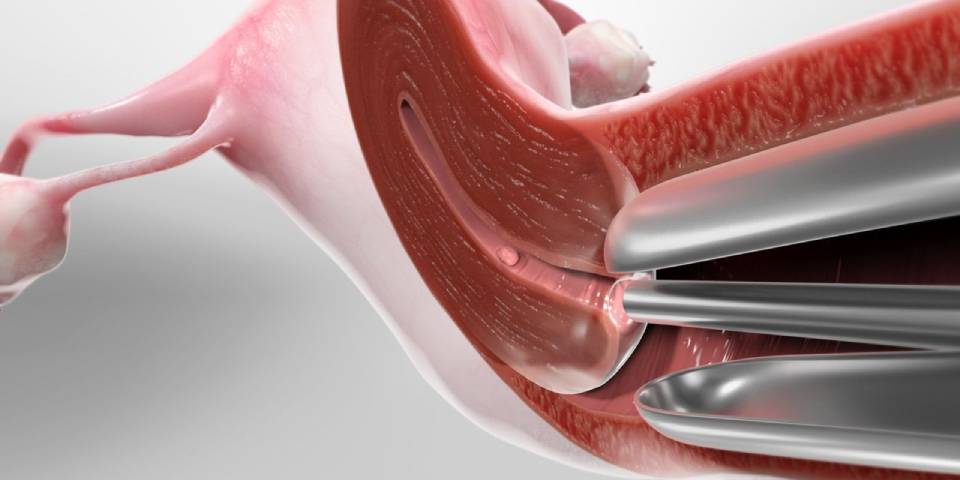Hysteroscopy Treatment is a minimally invasive method used by gynecologists to diagnose and treat issues within the uterus. This advanced method offers a detailed view of the uterine cavity and is highly useful for addressing several gynecological conditions. Understanding what hysteroscopy is, how it works, and its benefits can help patients feel more comfortable and informed when experiencing this procedure. Dr. Shraddha Galgali is the best Laparoscopic Surgeon in Punawale, Pune, and explains the basics of hysteroscopy, its types, why it’s performed, and what patients can expect before, during, and after the procedure.
What is Hysteroscopy?
Hysteroscopy is a procedure that allows doctors to view the inside of the uterus using a thin, lighted device called a hysteroscope. The hysteroscope is inserted via the vagina and cervix, providing a clear view of the uterine cavity without making any incisions. This makes it a highly useful and less invasive option for diagnosing and treating various uterine conditions.
Types of Hysteroscopy:
- Diagnostic Hysteroscopy: Used to evaluate and diagnose issues such as abnormal uterine bleeding, fibroids, polyps, or structural abnormalities. It can help specify the cause of infertility or recurrent miscarriages.
- Operative Hysteroscopy: When issues are detected during diagnostic hysteroscopy, an operative hysteroscopy may be performed. Instruments can be passed through the hysteroscope to treat the problem in real-time, such as removing polyps or fibroids, correcting uterine septum, or treating intrauterine adhesions (Asherman’s syndrome).
When is Hysteroscopy Recommended?
Dr. Shraddha Galgali is the best Gynecologist in Punawale, Pune advises hysteroscopy for various conditions, including:
- Abnormal Uterine Bleeding: To investigate and treat heavy, prolonged, or irregular periods.
- Uterine Fibroids or Polyps: To remove benign growths that may cause pain or infertility.
- Endometrial Biopsy: To check for endometrial cancer or other abnormalities in the uterine lining.
- Infertility Investigations: To identify structural issues that may prevent conception.
- Recurrent Miscarriages: To diagnose any uterine abnormalities contributing to miscarriages.
- Retained Products of Conception: To remove tissue that may remain after a miscarriage or childbirth.
How is Hysteroscopy Treatment Performed?
Hysteroscopy is usually performed in an outpatient setting or as a day-care procedure, meaning patients can return home the same day. Here is a step-by-step breakdown of the procedure:
- Preparation: You may be asked to avoid eating or drinking a few hours before the procedure. A local or general anesthetic may be used depending on the type of hysteroscopy.
- Insertion of the Hysteroscope: The Dr. Shraddha gently inserts the hysteroscope via the vagina and cervix. No incisions are required, making it less invasive than other surgical choices.
- Viewing the Uterine Cavity: A saline solution expands the uterus, allowing Dr. Shraddha to get a clear view of the uterine lining. The hysteroscope is fitted with a camera that shows images on a monitor.
- Diagnosis and Treatment: If any irregularity is found, Dr. Shraddha may proceed with therapy using specialized tools passed via the hysteroscope.
- Post-Procedure: Once the test or therapy is complete, the hysteroscope is removed. The entire method normally takes 15-30 minutes.
Benefits of Hysteroscopy:
Hysteroscopy offers benefits over conventional surgical methods:
- Minimally Invasive: No incisions are needed, reducing the risk of difficulties and scarring.
- Accurate Diagnosis: Provides a clear and detailed view of the uterine cavity, ensuring accurate diagnosis and therapy.
- Combined Diagnosis and Therapy: Diagnostic and operative techniques can often be done simultaneously, reducing the need for multiple surgeries.
- Quick Healing: Patients can usually go home the same day and return to regular activities within a short period.
- Fertility Preservation: Hysteroscopy can treat uterine issues without affecting the reproductive organs, preserving fertility
When to Seek Medical Advice?
If you experience any of the following after your hysteroscopy, seek immediate medical attention:
- Persistent heavy bleeding
- Severe abdominal or pelvic pain
- Fever or chills
- Foul-smelling discharge
Hysteroscopy is a useful tool in modern gynecology, showing a minimally intrusive method to analyze and treat different uterine circumstances. With its capacity to provide real-time visualization and direct intervention, hysteroscopy can greatly improve patient care and results. Dr. Shraddha Galgali provides Infertility Treatment in Punawale, Pune highlighting the importance of understanding this procedure, preparing adequately, and adhering to present method care guidelines to guarantee the most ideal outcomes. Feel free to reach out, For more details to schedule a talk, with Dr. Shraddha Galgali and her team today.

